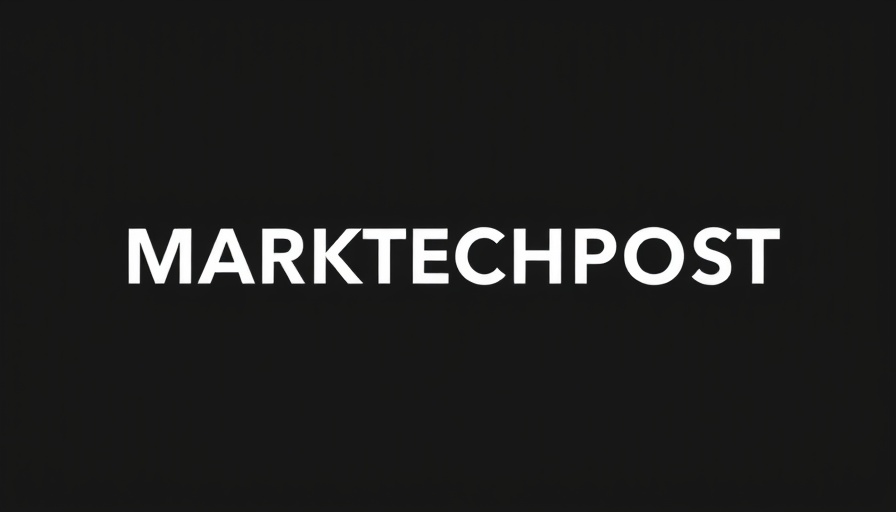
NASA's Groundbreaking Galileo Model: A New Era for Earth Observation
The recent release of NASA's open-source, multimodal foundation model, Galileo, is poised to revolutionize the way we observe and understand our planet. Designed to process a diverse array of Earth observation (EO) data—from optical and radar images to climate data and auxiliary maps—Galileo stands out as an advanced tool that small and medium-sized businesses (SMBs) can leverage for applications in agriculture, environmental monitoring, and disaster response.
Why Multimodal Models Matter
First and foremost, what makes Galileo truly innovative is its ability to handle multiple types of data simultaneously, unlike previous remote sensing solutions that were limited to one data type or another. This flexibility is crucial for businesses seeking comprehensive insights from the rich tapestry of environmental data available today.
Key Features that Set Galileo Apart
Galileo employs a Vision Transformer (ViT) architecture, which is meticulously adapted for various EO data streams, such as multispectral optical imagery from Sentinel-2 and Synthetic Aperture Radar (SAR) data from Sentinel-1. This versatility allows users to slice and process data in distinct ways, drawing out significant insights from both detailed and broad data contexts.
Other notable features include:
- Flexible Input Handling: Galileo’s tokenization pipeline splits remote sensing inputs into smaller, manageable pieces, facilitating analysis of images, time series, and even static tabular data in one coherent structure.
- Advanced Learning Techniques: It combines innovative self-supervised pretraining algorithms that focus on both local and global loss strategies, ensuring adaptability in detecting both large phenomena (like glaciers) and minute details (like fishing boats).
The Business Value of Integrated Earth Observation
For SMBs, the applications of Galileo can translate into tangible benefits. For instance, businesses in agriculture can effectively map land usage, improving efficiencies in crop yield through better monitoring of climate impacts and soil conditions. Similarly, disaster response teams can utilize enhanced observations to make rapid decisions that can save lives and resources.
Real-Life Impact: A Case Study
Let’s consider an example: a small agricultural business that specializes in organic farming could utilize Galileo to optimize its irrigation patterns. By integrating climate data with multispectral images, the business can discover optimal resource allocations that align with weather forecasts, thus conserving water and ensuring healthy crop growth.
Future Directions: Harnessing Technology for Sustainable Practices
Looking ahead, as the capabilities of Earth observation technologies like Galileo continue to evolve, we must consider the larger implications of enhanced environmental oversight. With companies increasingly prioritizing sustainable practices, leveraging such multimodal data can lead to smarter, more eco-friendly business operations.
Conclusion: The Call for Action
Small and medium-sized businesses that embrace technologies like Galileo are not just adopting new tools—they are making a commitment to sustainability and innovation. By leveraging the power of comprehensive earth observation, these businesses can not only improve their operational efficiencies but also contribute to a healthier planet.
If you're looking to stay ahead in your industry and harness the insights provided by advanced EO data, consider implementing these innovative technologies in your business today. Explore how Galileo can be integrated into your current operations and become a leader in sustainable practices in your niche.
 Add Row
Add Row  Add
Add 



Write A Comment